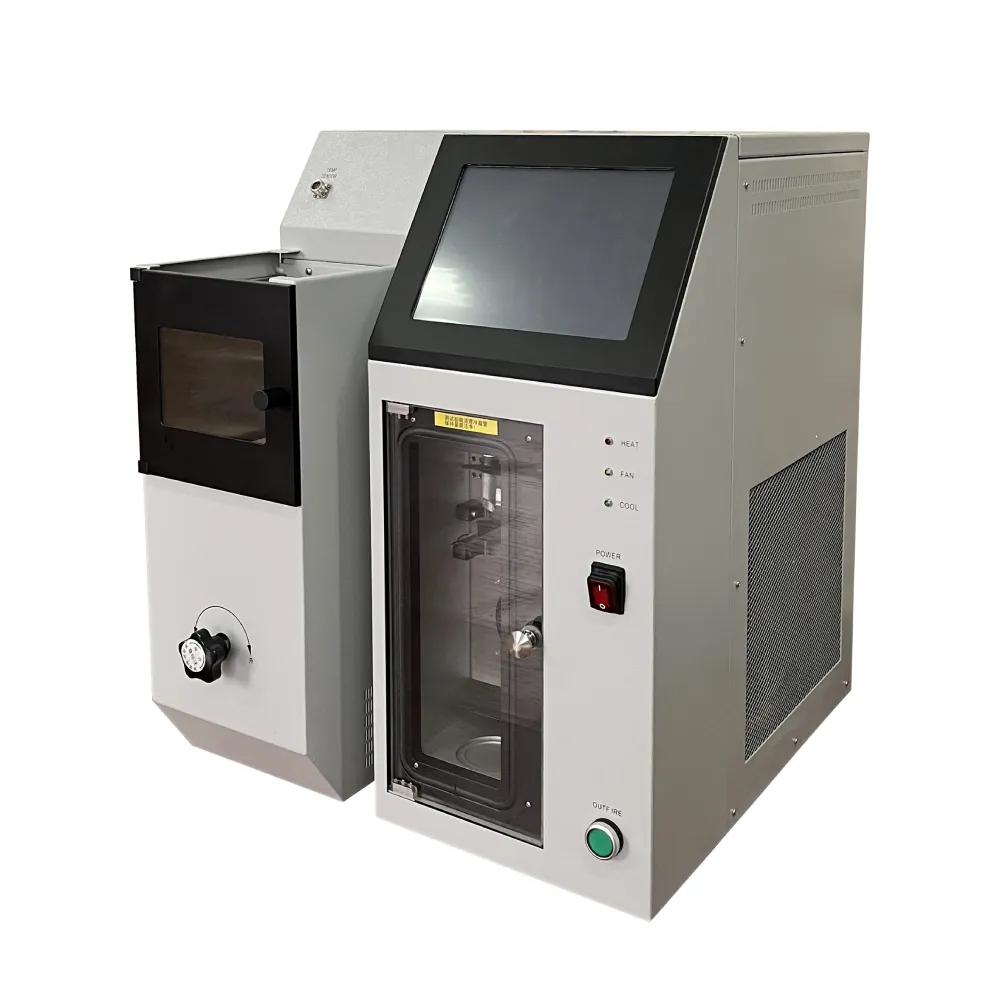 English
English


Moisture Testing Device for Transformer Oil Quality Assessment and Maintenance
Understanding Transformer Oil Moisture Testing
Transformer oil plays a crucial role in the efficient operation and maintenance of electrical transformers. It serves multiple functions, including insulation, heat dissipation, and the prevention of environmental factors that can degrade transformer components. However, the presence of moisture in transformer oil can significantly impair its effectiveness, leading to potential failures and costly repairs. Therefore, testing transformer oil for moisture content is essential for ensuring the longevity and reliability of transformer systems.
The Importance of Transformer Oil Moisture Testing
Moisture in transformer oil can originate from various sources, including atmospheric humidity, leaks in the transformer casing, or the introduction of water during maintenance procedures. Even a small amount of moisture can have detrimental effects, such as reduced dielectric strength, increased corrosiveness, and accelerated aging of the insulation. Ultimately, excessive moisture can lead to catastrophic failures, resulting in outages and financial losses for utility companies.
To protect against these risks, an effective monitoring program that includes moisture testing is critical. Regular assessments can help operators identify potential issues before they escalate, enabling timely maintenance and intervention.
Testing Methods
There are several methods to test moisture levels in transformer oil, each with its advantages and limitations
. Here are some of the most commonly used techniques1. Capacitance Measurement This method measures the change in capacitance caused by the presence of moisture in the oil. It is a relatively simple and quick method, making it suitable for routine checks. However, it may not provide accurate results in all situations, especially in oils with varying characteristics.
2. Karl Fischer Titration This traditional method involves a chemical reaction between water and a reagent. It is highly accurate and can detect moisture levels in minute quantities. Karl Fischer titration is widely regarded as the standard for moisture analysis due to its reliability. However, it may not be feasible for on-site analysis, requiring laboratory conditions for optimal results.
3. Infrared Spectroscopy This advanced technique utilizes infrared light to measure the absorption characteristics of moisture in the oil. It allows for rapid analysis and can be performed in real time, making it suitable for online monitoring systems. Despite its benefits, infrared spectroscopy can be more expensive and complex, requiring specialized equipment and training.
transformer oil moisture tester

4. Dielectric Spectroscopy This non-destructive method examines the dielectric properties of oil to infer moisture content. It is gaining popularity for its ability to provide continuous monitoring without the need for lab analysis. However, it may require calibration to account for different oil types and conditions.
Best Practices for Moisture Testing
To achieve accurate and meaningful results, companies should adhere to best practices when performing transformer oil moisture testing
- Regular Testing Schedule Establish a routine testing schedule based on the manufacturer's recommendations and the operational history of the transformer. More frequent testing may be required during extreme weather conditions or when changes in load occur.
- Sample Collection Collect oil samples carefully to minimize contamination. Use clean, dry containers and ensure that samples represent the condition of the oil in the transformer accurately.
- Record Keeping Maintain thorough records of all test results and observations. This data can be invaluable for tracking trends over time and making informed decisions about maintenance and oil management.
- Professional Analysis When in doubt, consult with professionals who specialize in transformer oil testing and analysis. They can provide insights and recommendations tailored to specific transformer systems.
Conclusion
Transformer oil moisture testing is an essential practice that ensures the safe and efficient operation of electrical transformers. By implementing regular testing and monitoring procedures, utility operators can mitigate risks associated with moisture contamination, prolong the life of their equipment, and ultimately enhance the reliability of power supply. Investing in effective moisture testing not only protects assets but also supports the broader goal of providing safe and uninterrupted electrical service to consumers.
-
Differences between open cup flash point tester and closed cup flash point testerNewsOct.31,2024
-
The Reliable Load Tap ChangerNewsOct.23,2024
-
The Essential Guide to Hipot TestersNewsOct.23,2024
-
The Digital Insulation TesterNewsOct.23,2024
-
The Best Earth Loop Impedance Tester for SaleNewsOct.23,2024
-
Tan Delta Tester--The Essential Tool for Electrical Insulation TestingNewsOct.23,2024





